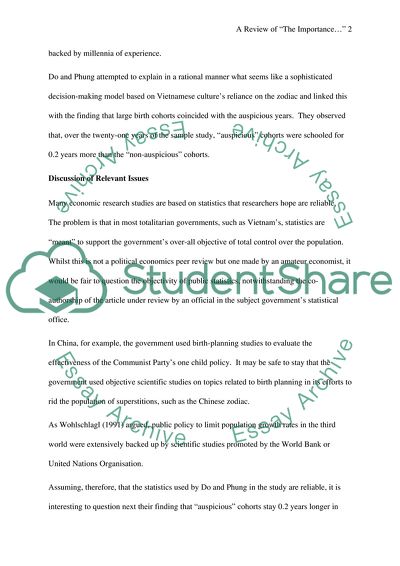Cite this document
(The Importance of Being Wanted by Quy-Toan Do and Tung Duc Phung Article, n.d.)
The Importance of Being Wanted by Quy-Toan Do and Tung Duc Phung Article. Retrieved from https://studentshare.org/sociology/1561185-referee-report-on-a-one-of-the-starred-readings
The Importance of Being Wanted by Quy-Toan Do and Tung Duc Phung Article. Retrieved from https://studentshare.org/sociology/1561185-referee-report-on-a-one-of-the-starred-readings
(The Importance of Being Wanted by Quy-Toan Do and Tung Duc Phung Article)
The Importance of Being Wanted by Quy-Toan Do and Tung Duc Phung Article. https://studentshare.org/sociology/1561185-referee-report-on-a-one-of-the-starred-readings.
The Importance of Being Wanted by Quy-Toan Do and Tung Duc Phung Article. https://studentshare.org/sociology/1561185-referee-report-on-a-one-of-the-starred-readings.
“The Importance of Being Wanted by Quy-Toan Do and Tung Duc Phung Article”, n.d. https://studentshare.org/sociology/1561185-referee-report-on-a-one-of-the-starred-readings.


